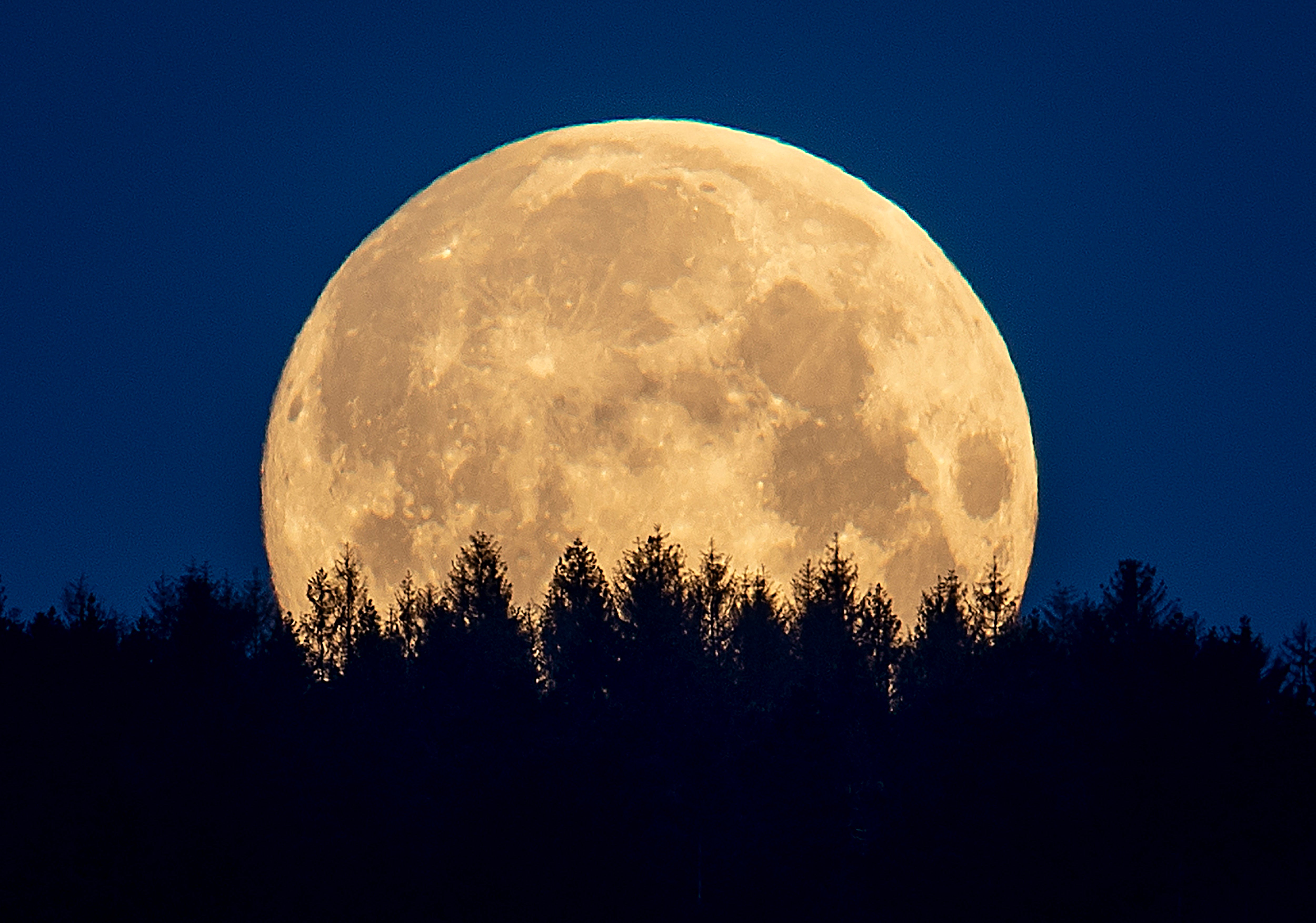European Space Agency plans to bring GPS and Skype to the moon with satellites
The first such satellite, called “Lunar Pathfinder,” will be operational in 2024.

Your support helps us to tell the story
From reproductive rights to climate change to Big Tech, The Independent is on the ground when the story is developing. Whether it's investigating the financials of Elon Musk's pro-Trump PAC or producing our latest documentary, 'The A Word', which shines a light on the American women fighting for reproductive rights, we know how important it is to parse out the facts from the messaging.
At such a critical moment in US history, we need reporters on the ground. Your donation allows us to keep sending journalists to speak to both sides of the story.
The Independent is trusted by Americans across the entire political spectrum. And unlike many other quality news outlets, we choose not to lock Americans out of our reporting and analysis with paywalls. We believe quality journalism should be available to everyone, paid for by those who can afford it.
Your support makes all the difference.The European Space Agency presented a vision Thursday to put satellites in orbit around the moon that would facilitate future missions to Earths closest neighbour.
The plan, dubbed "Moonlight," would see ESA offer communications and navigation services to any country that wants to carry out lunar exploration missions.
By relying services provided from lunar orbit, space agencies would be able to design their moon landers without the need for cumbersome communications and navigation devices on board. This would free up space to carry other cargo, making each launch more cost-effective, said Paul Verhoef, ESA’s director of navigation.
The project builds on one of the agency's strengths: launching satellites to provide services to third parties. ESA has a fleet of observation satellites in orbit around Earth that supply weather, climate and other data to public and commercial companies.
It also has a constellation of navigation satellites, known as Galileo, that provide highly accurate global positioning data to rival the U.S.-based GPS system.
But it also highlights the European agency's weakness: unlike the United States, China or India ESA lacks any ambitious moon exploration programs of its own. Instead, ESA is hoping to partner with NASA to build a "lunar gateway" that would be a staging post for future moon missions.
The proposal outlined by ESA on Thursday will see two international consortiums devise ways for building a reliable and dedicated lunar communications and navigation service.
The first such satellite, called "Lunar Pathfinder," will be operational in 2024.
David Parker ESA's director of human and robotic exploration, said the agency's member states would be given a formal proposal for a constellation next year.
"If approved, the project could start full steam ahead at the beginning of 2023 to ensure it’s operational within four or five years,” he said.